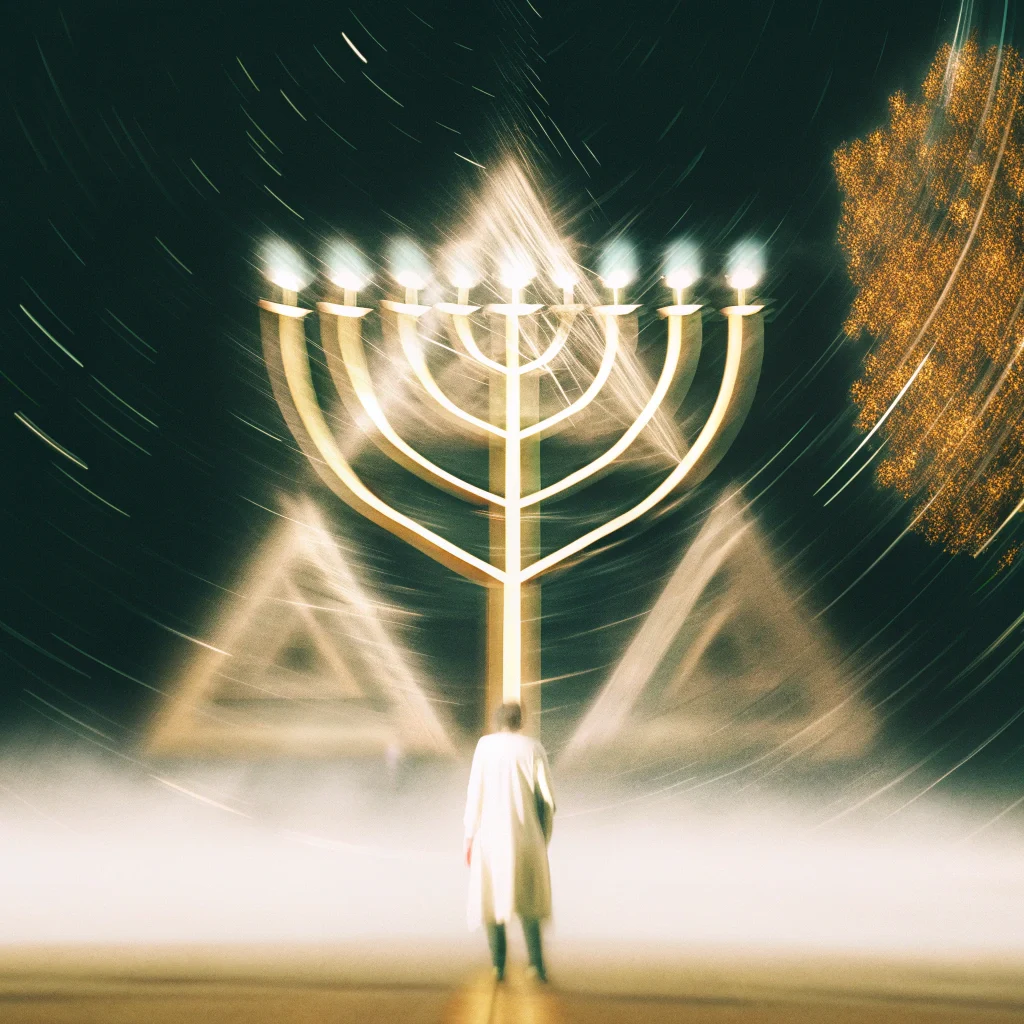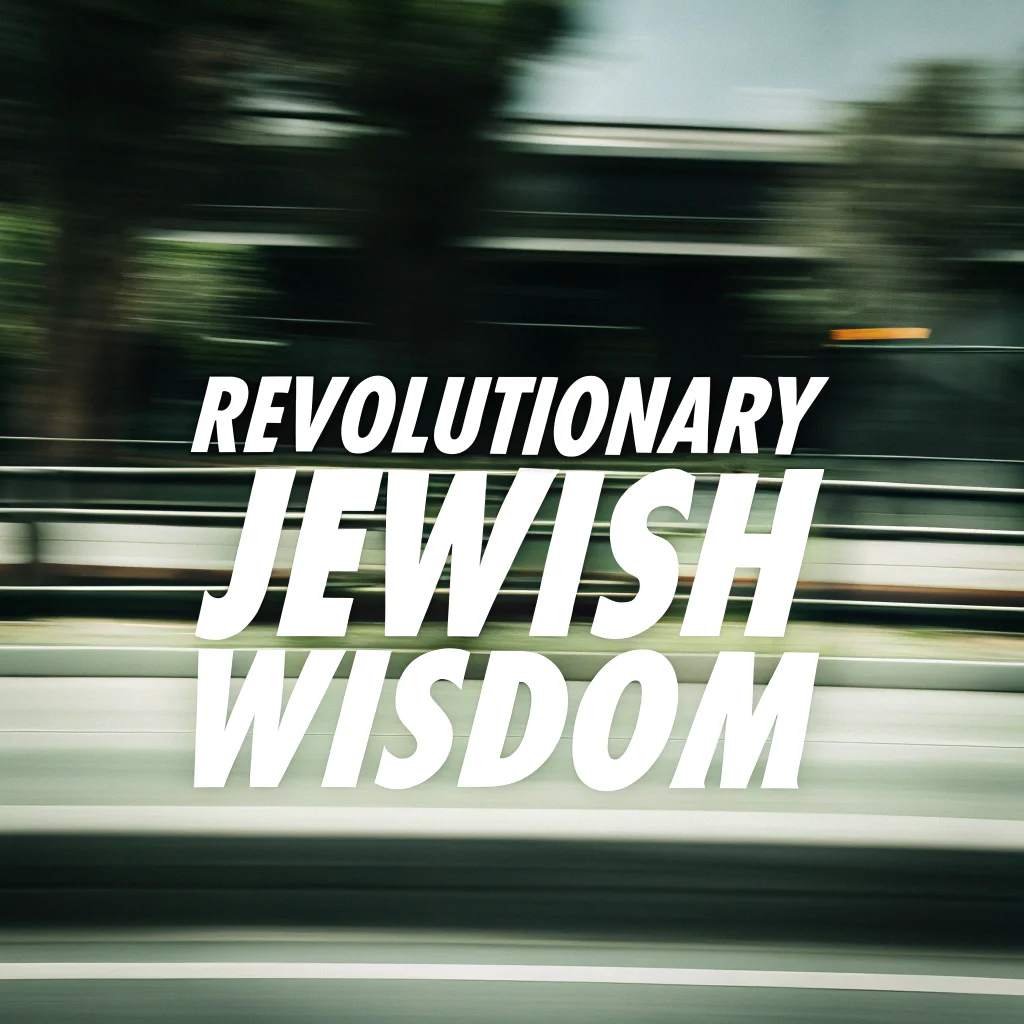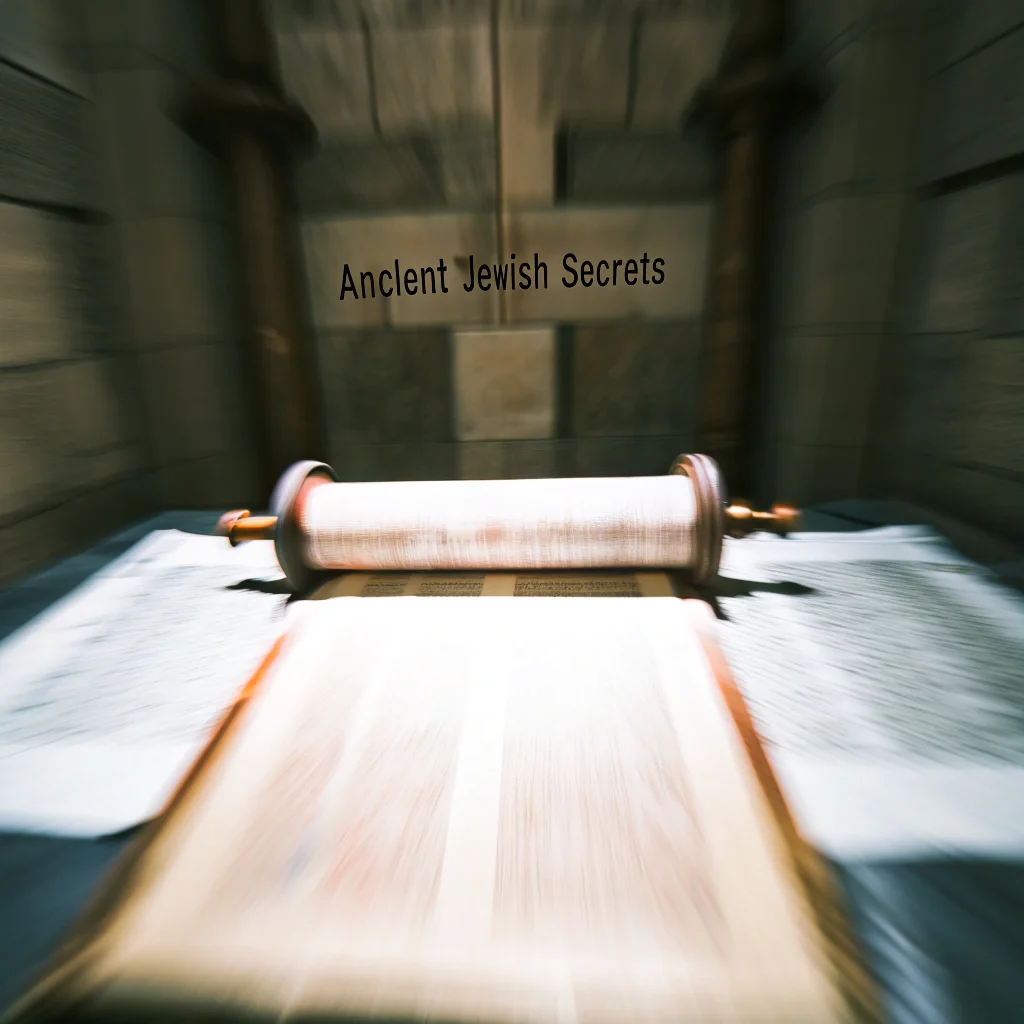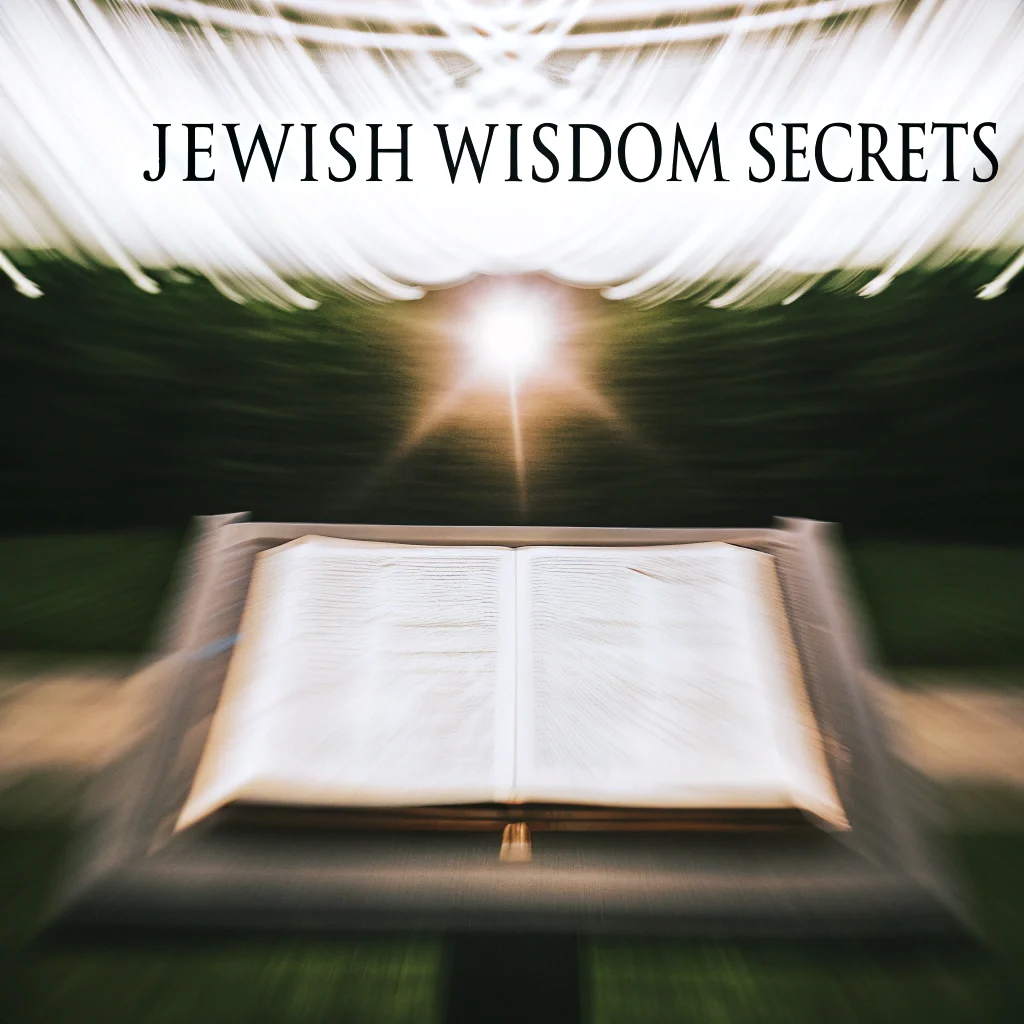The secrets of Kabbalah have fascinated spiritual seekers for centuries. In the world of spiritual quests, Kabbalah holds a special place. This teaching, which has endured through centuries, maintains its remarkable power and relevance. Let’s explore together what Kabbalah is, how it developed, and why this knowledge can be useful to everyone.
Uncovering the Secrets of Kabbalah: Basic Definitions
The word “Kabbalah” is often translated as “received knowledge,” emphasizing the continuity of this tradition from generation to generation. But interestingly, in the Pentateuch, the root of this word appears only in the meaning of “correspondence.” And this is no coincidence.
Kabbalah is the art of finding connections between the visible and invisible. We understand the world through comparisons and parallels, especially when exploring hidden aspects of reality. The Kabbalistic approach allows us to see the unity of creation and its divine source.
When we apply Kabbalistic models to life situations, we can better understand the past, present, and future. This helps us to discern the direction of development within the current moment and see hidden possibilities.
The Historical Path
Kabbalistic teaching has traveled a long path of development. Initially, this knowledge was available only to kohanim (priests) and prophets. A turning point came around the year 100 CE, when Rabbi Shimon bar Yochai (Rashbi) received permission to reveal the inner wisdom of the Torah to his students.
Rashbi presented the key model of Kabbalah—ten sefirot, which are manifestations of divine light in every detail of our world. His teaching is expounded in the book “Zohar” (“Book of Splendor”).
For about a thousand years, the knowledge of Kabbalah was passed from teacher to student, and only in the 13th century did the book “Zohar” become publicly available thanks to Rabbi Moshe de Leon. However, very few could understand this book.
Great Masters
In the history of Kabbalah, several individuals played a special role:
- Rabbi Moshe Cordovero (Ramak) was the first to systematize Kabbalistic teaching, showing the unity of all its parts.
- Rabbi Isaac Luria (Arizal) revolutionized the understanding of the process of reality creation. He presented the sefirot as dynamically interacting structures and showed how human actions affect divine energy, bringing the world closer to or further from a state of perfection.
- Rabbi Israel Baal Shem Tov made Kabbalah more accessible to people by creating the Hasidic movement. He used Kabbalistic ideas to describe human spiritual experiences, making the complex understandable.
Practical Uses of the Secrets of Kabbalah in Modern Life
Kabbalah is not just theoretical knowledge. It helps develop a special sensitivity to the unity that fills reality. This teaching reveals secrets about the attributes of the Almighty, His creative power, and His connection with us.
According to Arizal’s teaching, our actions directly affect the spiritual forces that direct divine energy into the world. What we do can bring the world closer to or further from a state of harmony and perfection.
Hasidism, which developed the ideas of Kabbalah, emphasizes the importance of simple and joyful service, especially through prayer and good deeds. This teaching uses a person’s inner life as a key to understanding the mysteries of the Universe.
How the Secrets of Kabbalah Are Transforming Today’s World
Previously, the study of Kabbalah was a privilege of the chosen few. But Arizal said that in generations close to the coming of the Messiah, “this wisdom can and should be revealed.” And Baal Shem Tov wrote that the dissemination of this knowledge carries forces capable of bringing the world to perfection.
Kabbalah unites the rational (wisdom) and the supra-rational (spirit of prophecy). It does not contradict other parts of the Torah but deepens their understanding.
Today, Kabbalistic knowledge is becoming available to an increasing number of people. It helps us see hidden connections between phenomena, understand deep processes in the world and in our own souls.
Afterword: The text of this article has not been approved by any sage, Torah scholar, or rabbi and is merely a simplified adaptation of the sacred text for general understanding. For comprehension of true wisdom and a deeper understanding of the original text, you should refer to the sources.
This and all other article texts of the Mega-Charity.Org resource express only the personal opinions of the authors who compiled them. They are intended only for general and superficial understanding of the real sources of wisdom. References to which are provided.




One response to “Secrets of Kabbalah: Practical Application”
[…] we observe an interesting phenomenon: Kabbalah has become a trendy topic. Organizations have emerged offering to teach it as a science accessible […]